Top speed 462 km/h Length 17 m First flight February 1982 Engine types Garrett ATF3, Turbofan | Wingspan 15 m Retired 1985 | |
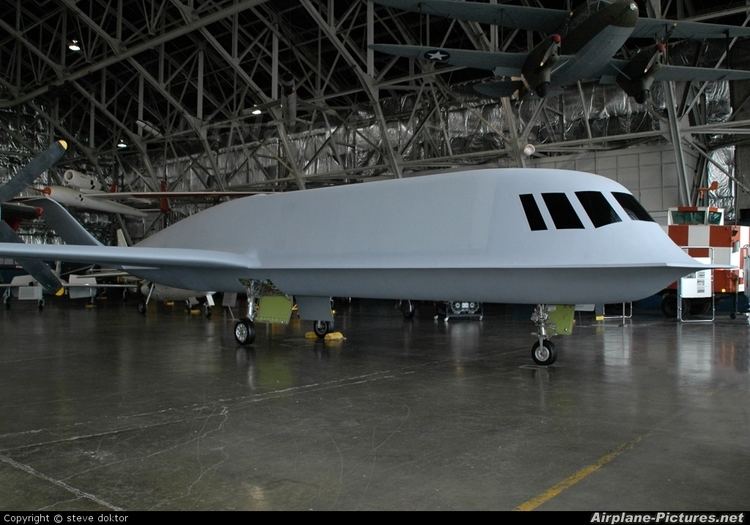 | ||
Northrop tacit blue bsax stealth aircraft demonstrator
The Northrop Tacit Blue was a technology demonstrator aircraft created to demonstrate that a low observable stealth surveillance aircraft with a low probability of intercept radar and other sensors could operate close to the forward line of battle with a high degree of survivability.
Contents
- Northrop tacit blue bsax stealth aircraft demonstrator
- Development
- Design
- Operational history
- Specifications
- References
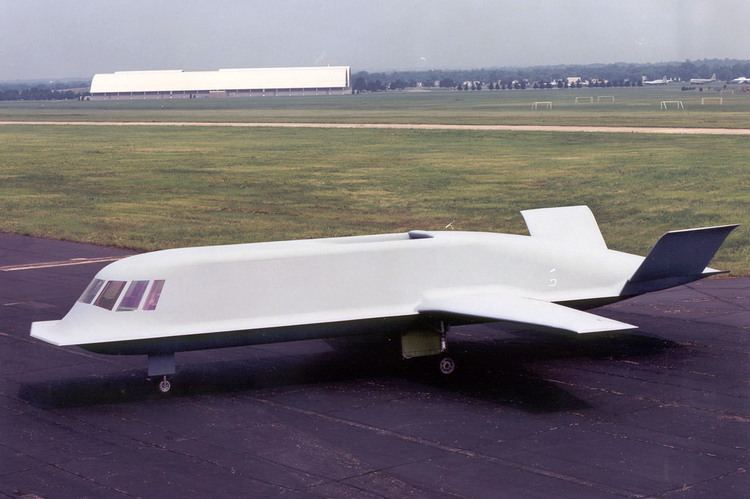
Development
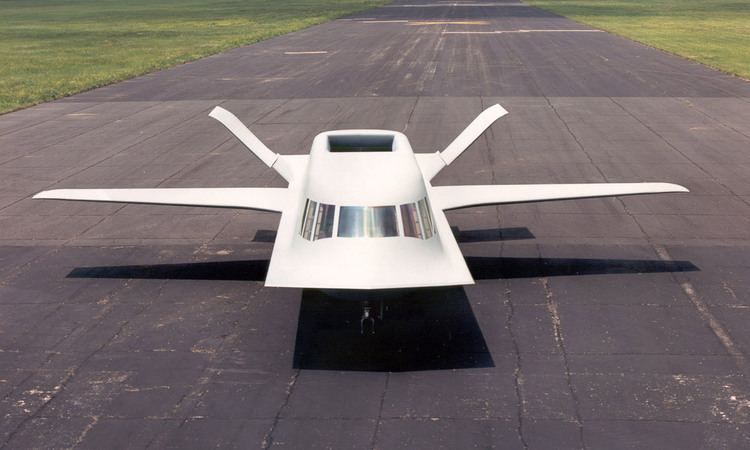
Unveiled by the U.S. Air Force on 30 April 1996, the Tacit Blue Technology Demonstration Program was designed to prove that such an aircraft could continuously monitor the ground situation deep behind the battlefield and provide targeting information in real-time to a ground command center.

In December 1976, DARPA and the U.S. Air Force initiated the Battlefield Surveillance Aircraft-Experimental (BSAX) program, which was part of a larger Air Force program called Pave Mover. The BSAX program's goal was to develop an efficient stealth reconnaissance aircraft with a low probability of intercept radar and other sensors that could operate close to the forward line of battle with a high degree of survivability.
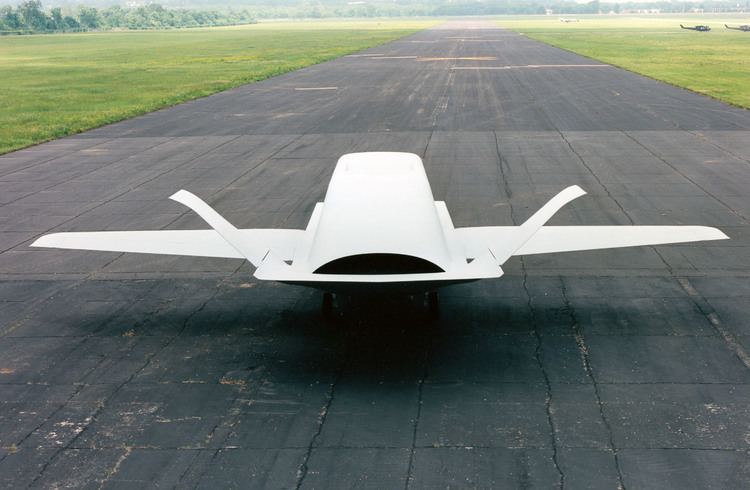
Tacit Blue represented the 'black' component in the larger "Assault Breaker" program, which intended to validate the concept of massed standoff attacks on advancing armoured formations using smart munitions. The Pave Mover radar demonstrators provided the non-stealth portion of the program's targeting system, whereas Tacit Blue was intended to demonstrate a similar but stealth capability, while validating a number of innovative stealth technology advances.
Design
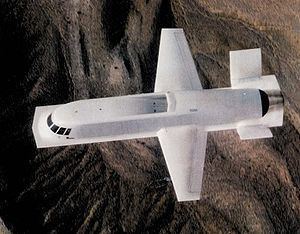
Tacit Blue, nicknamed "the whale," (and sometimes also called an "alien school bus" for its only slightly rounded-off rectangular shape) featured a straight tapered wing with a V-tail mounted on an oversized fuselage with a curved shape. A single flush inlet on the top of the fuselage provided air to two high-bypass turbofan engines. Tacit Blue employed a quadruply redundant, digital, fly-by-wire flight control system to help stabilize the aircraft about its longitudinal and directional axes.
The sensor technology developed for Tacit Blue is now being used by the E-8 Joint STARS aircraft.
Operational history
The aircraft made its first successful flight on February 5, 1982, in Area 51, at Groom Lake, Nevada and subsequently logged 135 flights over a three-year period. The aircraft often flew three to four flights weekly and several times flew more than once a day. After reaching about 250 flight hours, the aircraft was placed in storage in 1985. In 1996, after Tacit Blue was declassified, it was placed on display at the National Museum of the United States Air Force at Wright-Patterson Air Force Base, near Dayton, Ohio and has been on display in the new fourth hangar at the museum since June 2016.
Specifications
General characteristics
Performance
